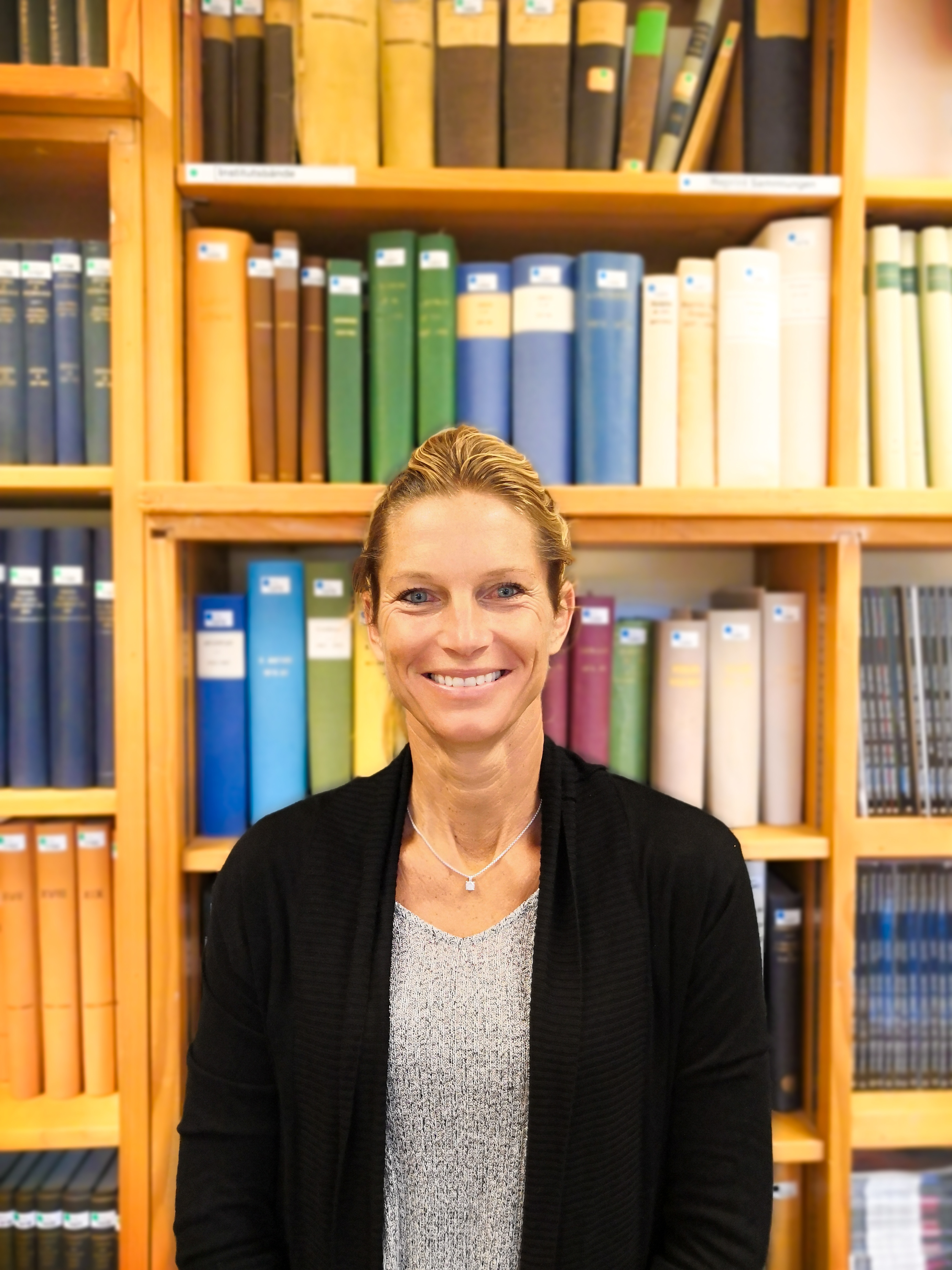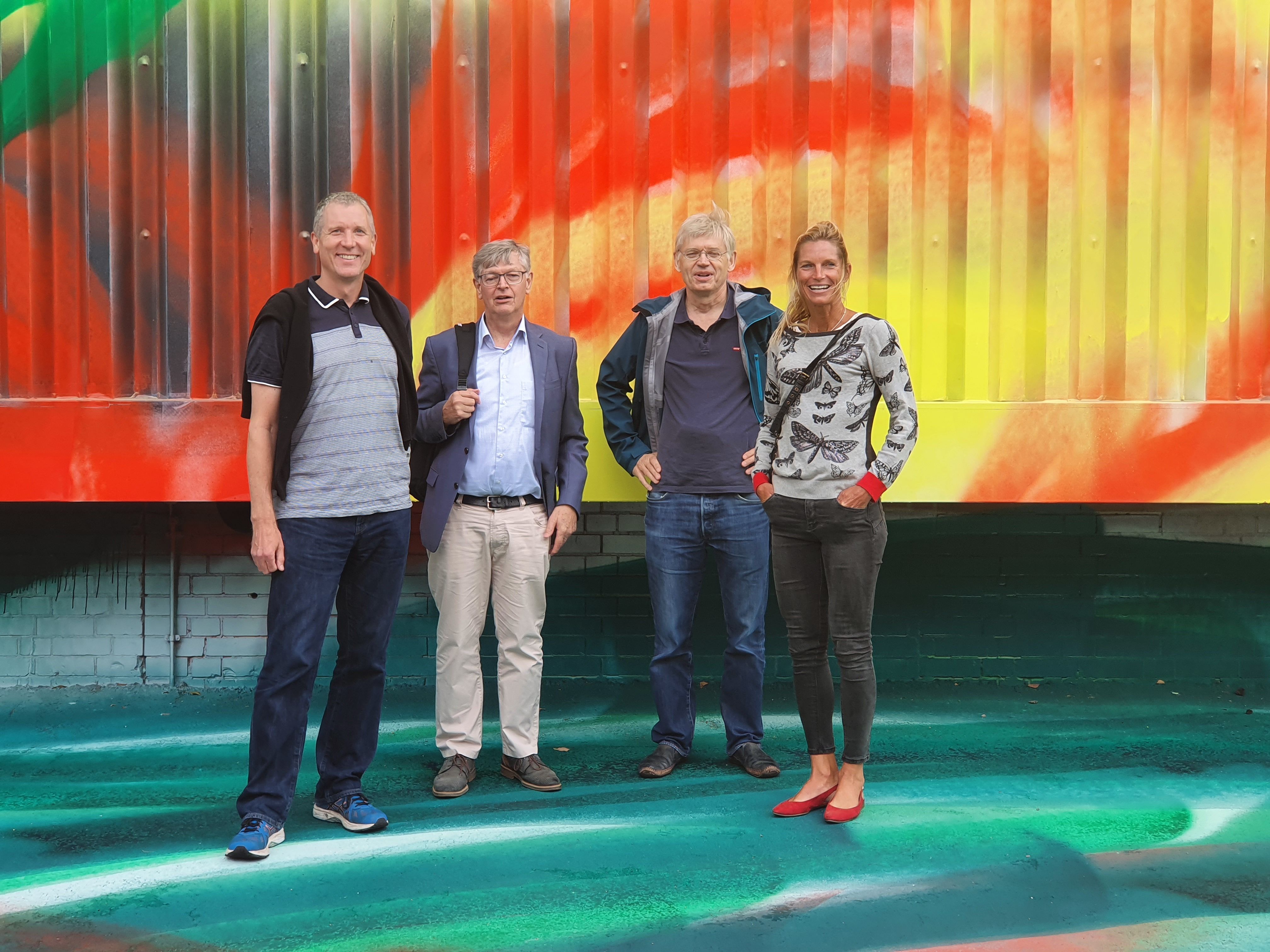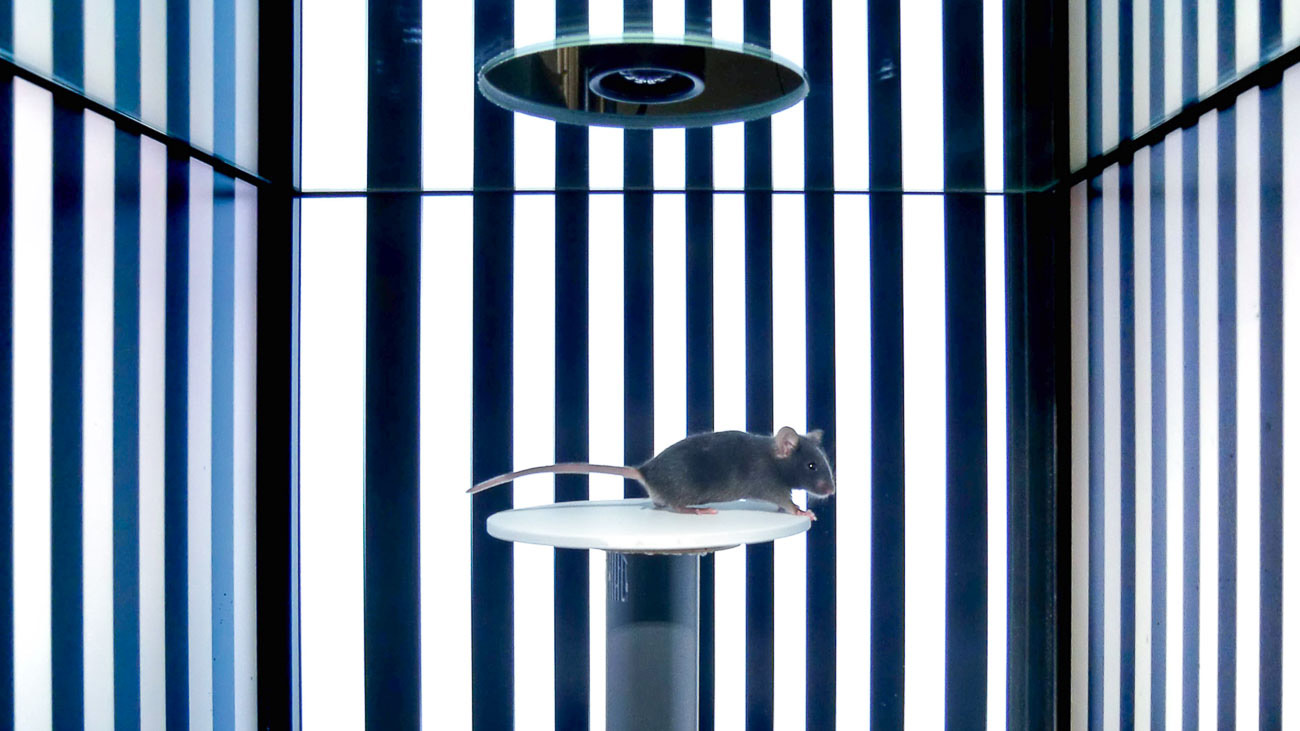10 million euros for an optogenetic revolution
An interdisciplinary research project of the University of Bern, the Paul Scherrer Institute (PSI), the Humboldt Universität of Berlin (D) and the University of Manchester (UK) will be funded with 10 million euros by the European Research Council (ERC). Over the next six years, the SOL project intends to make cell activities in the entire body controllable by means of light pulses, thus opening new avenues of research opportunities and novel forms of therapy.
It is a long-standing dream of modern biology to attain the ability to control cellular activity remotely and non-invasively – and light is a perfect medium for this. The SOL (Switchable rhodOpsins in Life Sciences) research project is designed to make this dream come true. For already 15 years, optogenetics has been revolutionizing neurosciences. The technology enables the contol of signaling between nerve cells by light.
The ERC-awarded project will now take the technology of optogenetics a significant step further. Thus, in the future, every cell in the body will be precisely controllable by light. This highly complex project requires expertise from various disciplines. The interdisciplinary team consists of neurophysiologist Sonja Kleinlogel at the University of Bern, structural biologist Gebhard Schertler at the PSI in Villigen, biophysicist Peter Hegemann at the Humboldt Universität of Berlin and Rob Lucas, neurobiologist at the University of Manchester, UK. Their SOL project is one of 441 international projects selected in a competitive process and is now funded by the European Research Council with the maximum of 10 million euros.
Wide range of applications
The activity of every cell in the human body is influenced by so-called G-protein-coupled receptors, or in brief GPCRs. GPCRs are involved in almost all physiological processes, such as the process of learning, hormone regulation or the development of diseases such as cancer, to name just a few. Therefore they are of exremely high interest in reseach and also constitute primary pharmaceutical drug targets.
"Over the next six years, we will develop a toolbox of light-controlled GPCRs, so-called OptoGPCRs, which are completely controllable in time and space and are based on light-switchable proteins, so-called opsins," explains Sonja Kleinogel. OptoGPCRs will make it possible to precisely control functions and processes in all cells of our body by allowing them to be switched on and off at will with different colored light.
"This gives our project a realistic chance of triggering a "second optogenetic revolution" and revolutionizing approaches in research and therapy," says Kleinlogel. Kleinlogel is a pioneer in optogenetic gene therapy and brings a wealth of experience in how research ideas can be translated into clinical applications and brought into the industrial sector. Gebhard Schertler from the Paul Scherrer Institute is a leading structural biologist and pioneer in GPCR and opsin protein structures. Peter Hegemann from the Humboldt Universität of Berlin is a co-founder of the optogenetics technology and a leading expert in the biophysical characterization of opsins. While Rob Lucas from the University of Manchester made a name by the functional characterization of novel opsins.
The spectrum of possible applications covers all physiological processes from cancer to endocrinology, immunology, and reproduction. The main focus within this research project is the investigation of mechanisms of pain, heart disease, anxiety, and the effect of light on our general well-being.
Origin in Bern
SOL is based on a prototype of a light-sensitive OptoGPCR (Opto-mGluR6), which was developed at the University of Bern and restored vision in blind mice. To further develop this prototype to clinical product maturity, the Novartis Venture Fund (NVF) and NanoDimension (ND) Venture entered the University of Bern spin-off, Arctos Medical AG, in 2019 with 8 million CHF in venture capital. "I am of course very pleased that the ERC decided to support research on OptoGPCRs, as the prototype was developed in my laboratory in Bern," says Kleinlogel very pleased.
The SOL project: Attaining stepwise control over cellular processesThe whole research project is characterized by a constant exchange between basic research findings and outcomes from the application in the multi-complex living organism. In a first step, the structure-function relationships of opsins must be fully understood in order to systematically develop a rational, fully controllable OptoGPCR design. For this purpose a broad range of highly time-resolved structural and spectroscopic technologies at the Paul Scherrer Institute and in Berlin are combined and supported by theoretical calculations. In a further step, the newly designed light-sensitive OptoGPCRs will be investigated and optimized in cellular cultures in Manchester and Bern. In the field of design and improvement of OptoGPCRs, Sonja Kleinlogel's team has gained a lot of expertise in recent years. The third step will be the application of OptoGPCRs in animal models with the ultimate goal of producing defined pharmacological effects with light. Bern is mainly responsible for this last step. |
The ERC Synergy GrantsThe ERC Synergy Grants are aimed at a minimum of two to a maximum of four researchers who, together with their teams, unify outstanding complementary expertises in order to address groundbreaking and innovative research questions in a highly collaborative and interdisciplinary manner. This is the highest level of excellence funding provided by the European Commission. The grant is part of the "Horizon 2020" framework program with which Switzerland is fully associated. The University of Bern already received a "Synergy Grant" in 2018. |
Sonja KleinlogelProf. Dr. phil. nat. Sonja Kleinlogel is head of the research group "Translational Optogenetics" at the Institute of Physiology at the University of Bern. She pioneered the fields of optogenetics and vision restoration by developing new light-driven designer proteins and gene therapies for clinical application. Her research focuses on understanding pathological processes to enable optimized, cell-specific therapeutic approaches. She has been awarded several innovation prizes for her work, including the Theodor Kocher Prize of the University of Bern, the Euretina Prize and the SwissOphth Award. She is also co-founder and Scientific Advisor of the Arctos Medical AG and council member of the priority program "Next-generation optogenetics" of the German Research Foundation (DFG). |
2020/11/05





